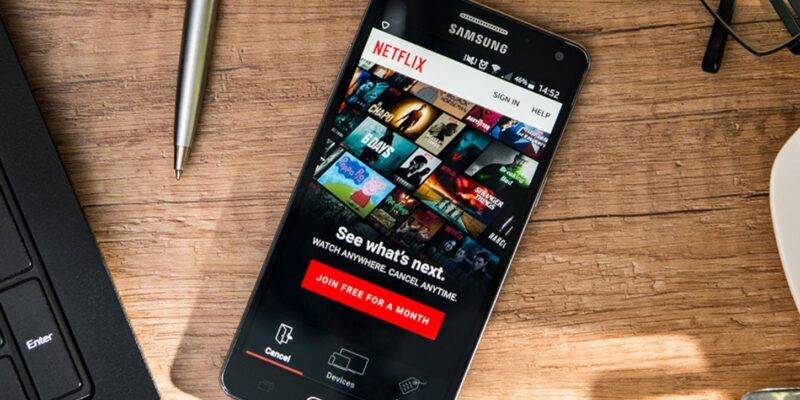We all just wish we could stream a favourite movie or series under a stable wireless connection. But those of us who aren’t lucky enough to have WiFi routers in our homes, are forced to depend on data bundles. A few things eat through data caps as quickly and watching a new Netflix show happens to be one of the fastest.
Luckily, Android users can now reduce the app‘s impact on your daily or monthly data limits without reducing video quality. That’s all thanks to the open-source AV1 video codec, which Netflix now supports for Android streaming.
AVi is notable for better video compression without necessarily reducing video quality. This then goes ahead to reduce Netflix data usage by up to 20 per cent when compared to Netflix’s other video codec, VP9. If you’re lucky enough, it may even improve the stability and quality video when you’re streaming on unreliable connections or networks with limit bandwidth, since AV1 requires less data.
While Netflix is implementing AV1 on Android first, many other companies like Apple, Google, Facebook, Microsoft, Mozilla, and Nvidia also support the codec so, it’s likely we’ll see AV1 rollout to other Netflix platforms and streaming apps soon. For now, Android users can swap to AV1 by turning on the Netflix app’s “save data” setting:
- Open the Netflix app on your Android device
- Go to Menu > App Settings > Cellular Data Usage
- Turn on “Save Data.”
You can now stream with (potentially) reduced data usage. Ghacks notes that only some Netflix content will use AV1 at first, and there’s currently no way to check what codec a movie or series uses. Still, some data saved is better than no data saved, especially if you can’t perceive a visual difference in what you’re streaming.






Comments